My father was an industrial and landscape photographer, my grandfather was an aerial reconnaissance photographer during World War II. I guess it runs in the blood. My sister and I were running around with plastic film cameras for as long as I can remember.
Through the first part of the 2000s I was shooting on an old Nikon F2, then about 10 years ago my father gave me a Voigtlander Bessa R2a, and I’ve been using it ever since. I have only one lens, a Leica 35mm, but this suffices for most of what I need – neatly framed landscape shots and portraits.
In 2017 while living abroad in China, I decided to take a trip across the Pacific to visit some friends in Washington State. Whatcom County lies in the Northwest and is famed for its moody, wet landscapes (the vampire series Twilight was set and filmed near here). Most of the photos were taken at at Stimpson Family Reserve in Bellingham, and one on Lummi Island just off the coast.
The downside of the Bessa for me is the rangefinder. It take me ages to get a sharp image and even then, there’s a bit of guesswork involved. But this day was perfect for slow photography. The shots here pick up the subdued light filtered by mossy Douglass fir and Western Red Cedar.
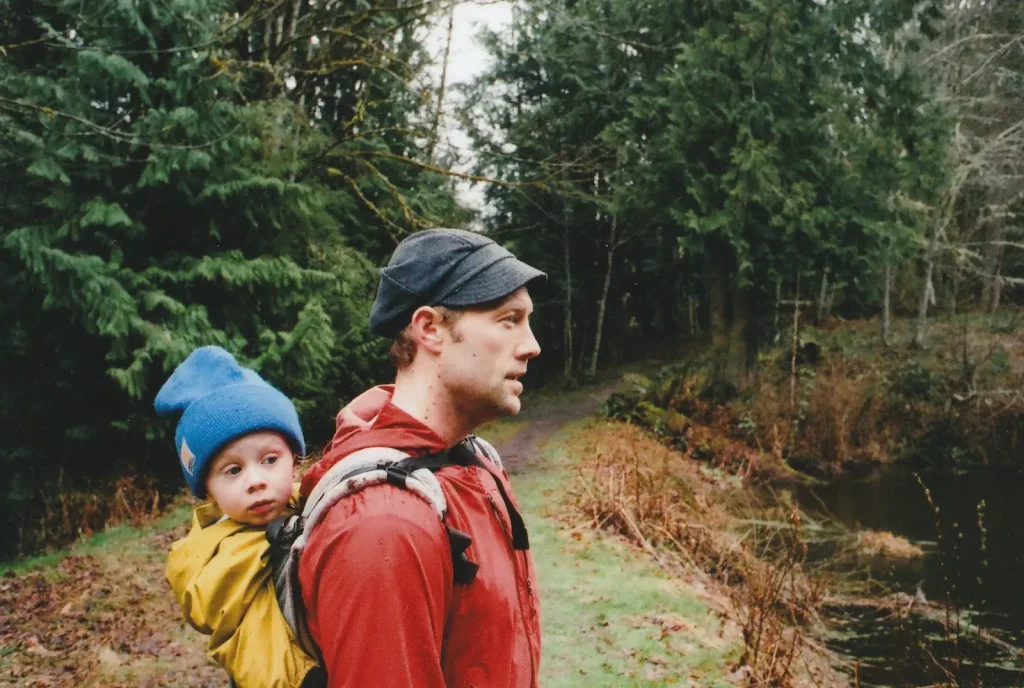
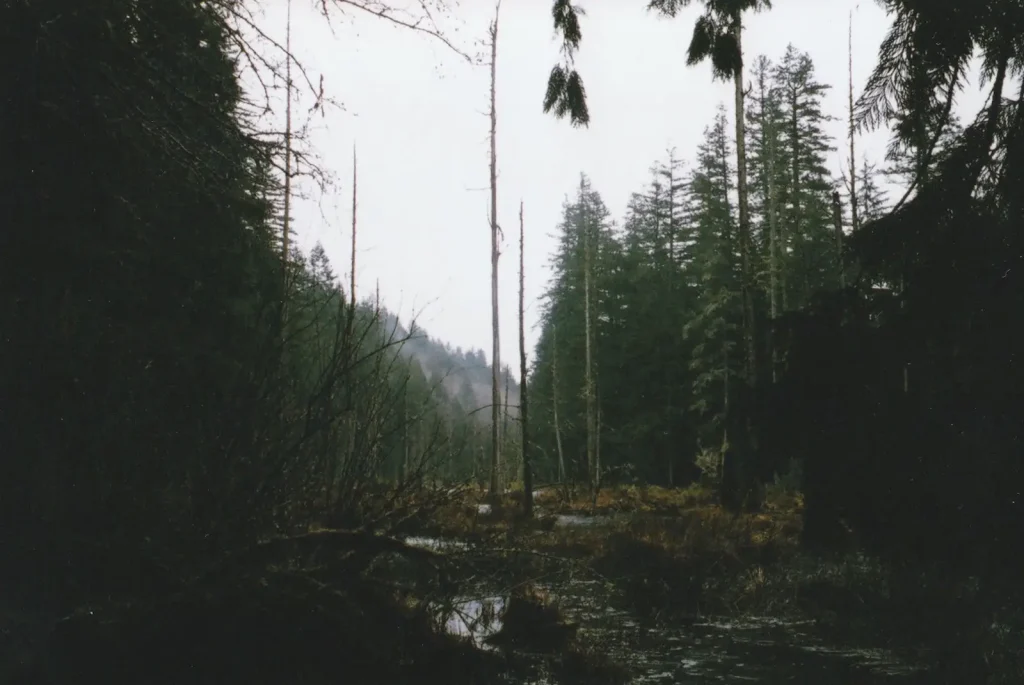
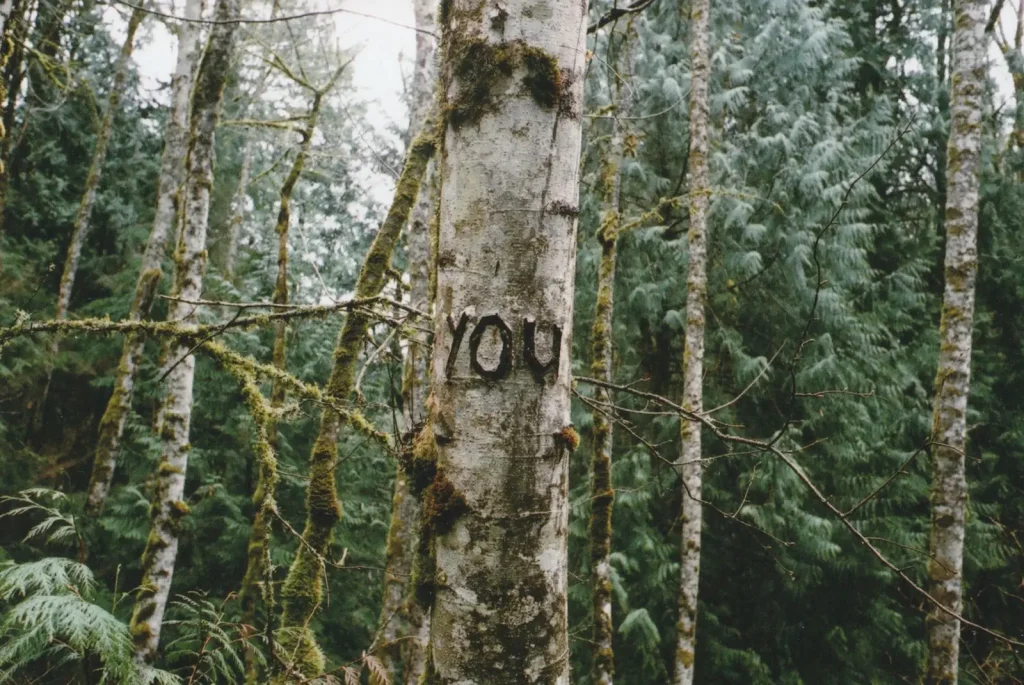
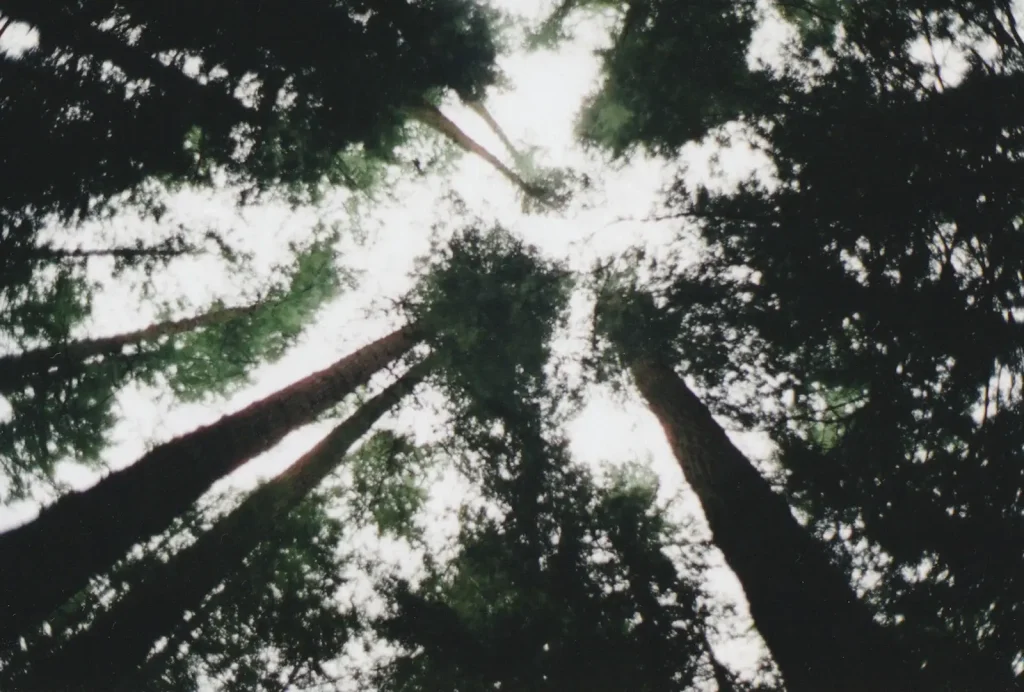
On the last day of the trip, I took a boat out to Lummi Island to find the home of Pulitzer prizewinning author, Annie Dillard. The last picture is a straightforward shot of the wooden cottage she lived in for a year.
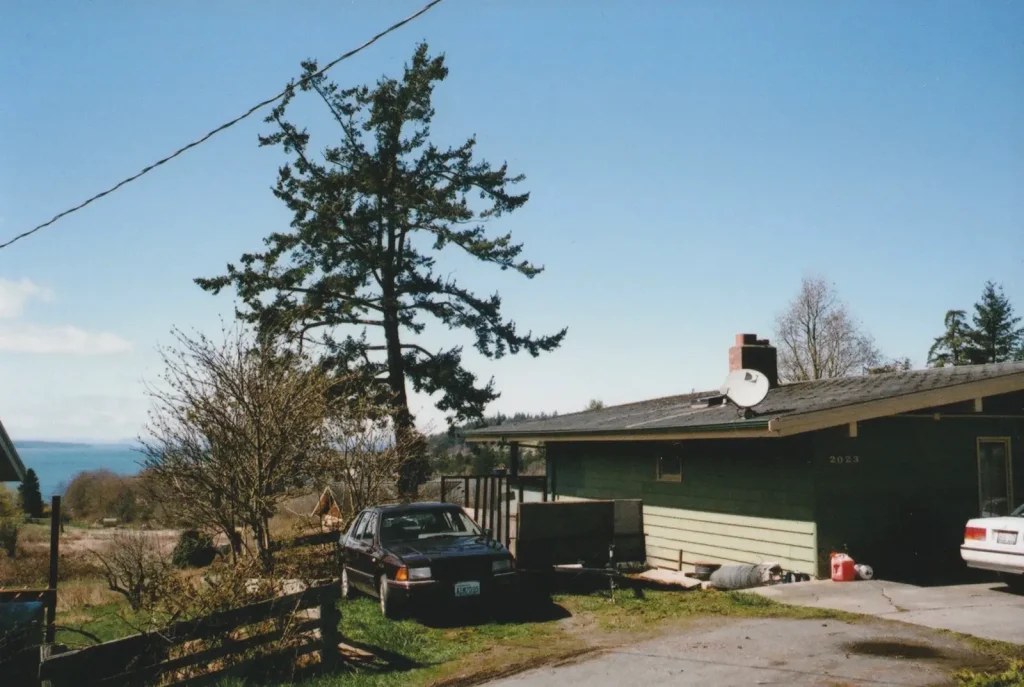
Looking northwest she wrote:
‘And now outside the window, deep on the horizon, a new thing appears, as if we needed a new thing.’ – Annie Dillard, Holy the Firm, 1977
I think a lot about that line of hers, how it could mean so many things. In a landscape she’d looked out on so many times, Annie Dillard spots an island, far out beyond other islands and one she’d never seen before.
As well as things more philosophical, it could apply to any art form, like photography. One of the beauties of shooting with film is the way it makes you slow down, take your time and savour each image. As photographers, we keep the camera on hand. We keep looking. Sooner or later a new thing appears.
David Marshall
@filmbum81
Share this post:
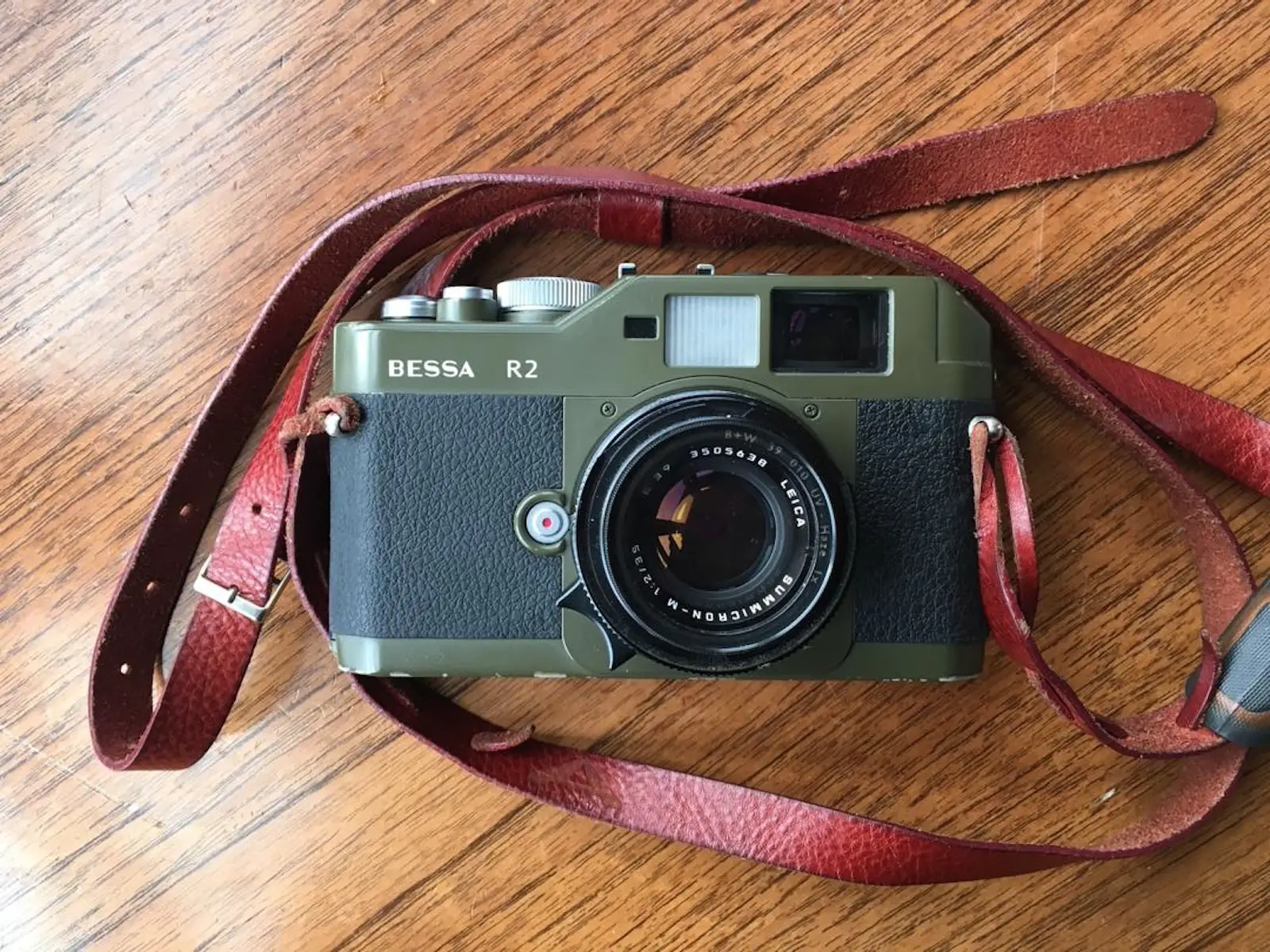








Comments
Adam Smith on 5 Frames with a Voigtlander Bessa R2 – by David Marshall
Comment posted: 29/01/2019
Bernhard on 5 Frames with a Voigtlander Bessa R2 – by David Marshall
Comment posted: 29/01/2019
Michael Kay on 5 Frames with a Voigtlander Bessa R2 – by David Marshall
Comment posted: 29/01/2019
Benjamin on 5 Frames with a Voigtlander Bessa R2 – by David Marshall
Comment posted: 29/01/2019
Mike on 5 Frames with a Voigtlander Bessa R2 – by David Marshall
Comment posted: 29/01/2019
I used Cosina Voigtlander cameras ( Bessa R3a, BessaR4a and Bessa L) for years. I always found that the rangefinder focusing made sharp focus easier to achieve. One of the problems with rangefinders is that they can get out of adjustment. Of course, this is not a problem with the Bessa L which has no viewfinder. It required the use of an auxiliary viewfinder for each specific lens used. The focus is estimation only. Nice photos.
Daniel Castelli on 5 Frames with a Voigtlander Bessa R2 – by David Marshall
Comment posted: 29/01/2019
I'm confused by your comment. My daughter uses the same camera for her art, and I've found the r/f is actually out perform my Leica M2 & M4 in terms of brightness. Is your r/f in need of a service? Using a moderate w/a lens like the 35 should allow you to zone focus - set the lens to f/8, the focus to 10' and the zone of focus should extend from around 6' to infinity. This is simply using the technique of depth-of-field to your advantage.
It's a nice camera and credit must go to Cosina for helping to put good quality camera & lenses in the hands of mere mortals.
Comment posted: 29/01/2019
filmbum81 on 5 Frames with a Voigtlander Bessa R2 – by David Marshall
Comment posted: 30/01/2019
Dawid on 5 Frames with a Voigtlander Bessa R2 – by David Marshall
Comment posted: 31/01/2019